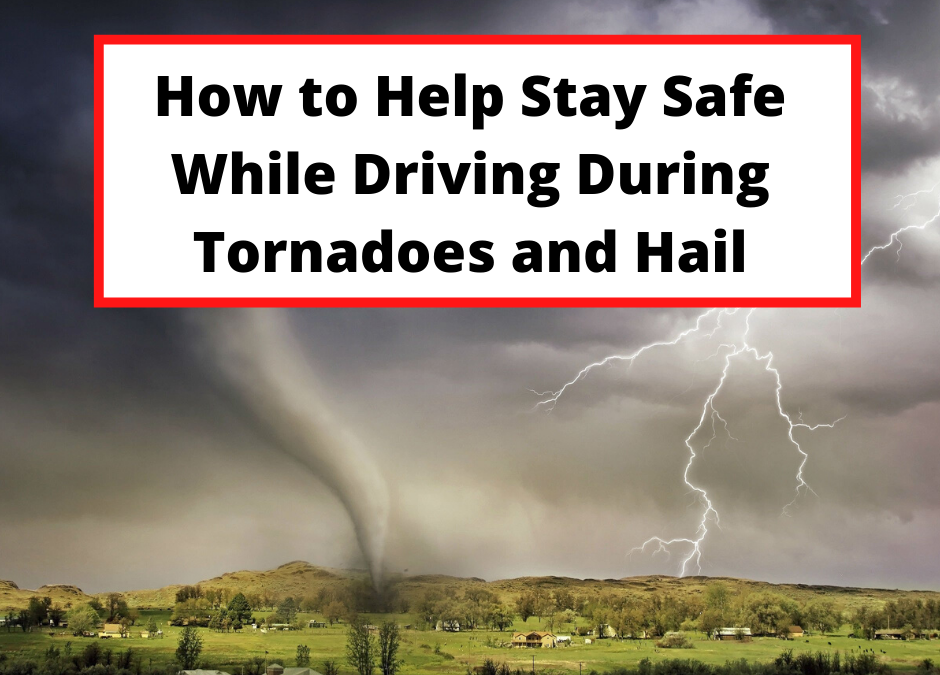Our safety professionals often answer questions about driving in severe weather. Here is a look at why certain conditions make for dangerous driving and some tips to help you stay safer. Remember, severe weather demands your undivided attention, so turn down the radio and minimize other distractions. Sometimes, the best driving decision you can make is to stay off the road until the weather clears.
Driving When a Tornado Approaches
Many people think of a tornado as simply a churning column of high wind. They do not consider the erratic nature of the tornado, with its tendency to rapidly change direction. Another dangerous aspect of a tornado is the debris that it carries along with it, making this a projectile-carrying storm that you should take steps to avoid.
If a tornado approaches when you are on the road, try to get to an indoor shelter as quickly as possible. Find a sturdy building and get to the basement or an interior room.
If you cannot reach shelter:
1.Get off the road as soon as possible. It is often better to leave the road completely than to pull over to the side.
2.Avoid stopping under bridges and tunnels. These over and under passes channel high winds, making them more dangerous than being out in the open.
3.Stay low. Stay in your car, secured into your seat belt, and put your head down below the window-covering it with your hands or a blanket if you have one. Or, if you can safely get lower than the level of the roadway, exit your car and lie in that area, covering your head with your hands.
Driving during a Hailstorm
While the average hailstorm lasts only five minutes, the damage can be very significant.
1.Get off the road as soon as possible. It is often better to leave the road completely than to pull overto the side.2.Stay covered. Do not get out of your car in a hailstorm. The pelting can cause injury to you as well as to your vehicle, so it is safer to stay inside the car until the storm passes.


